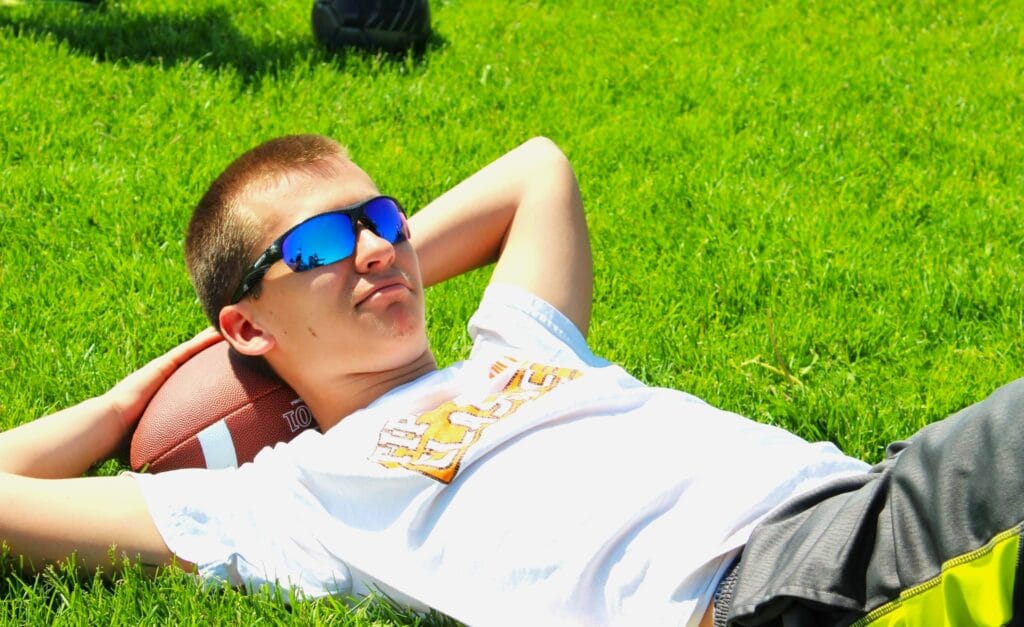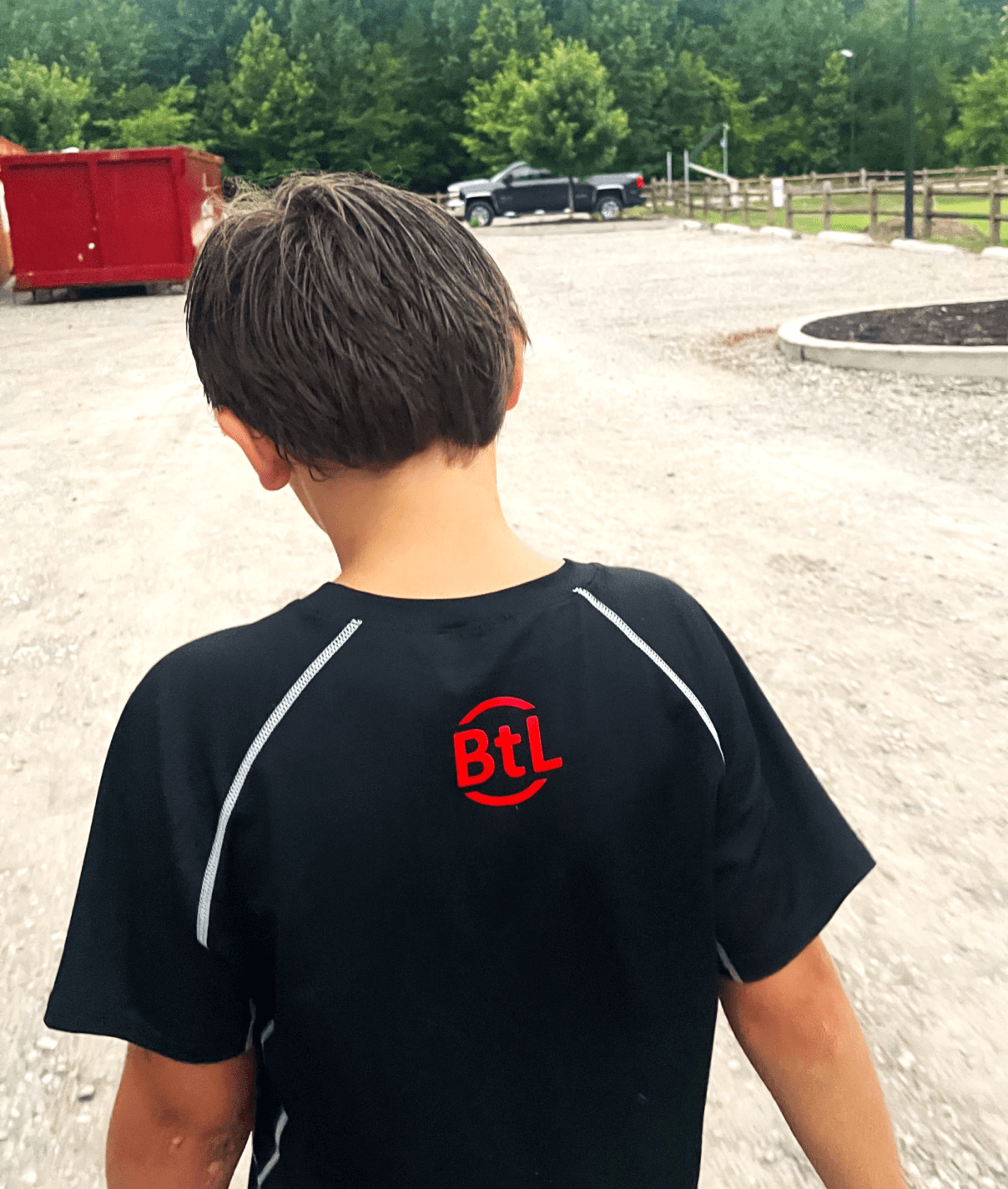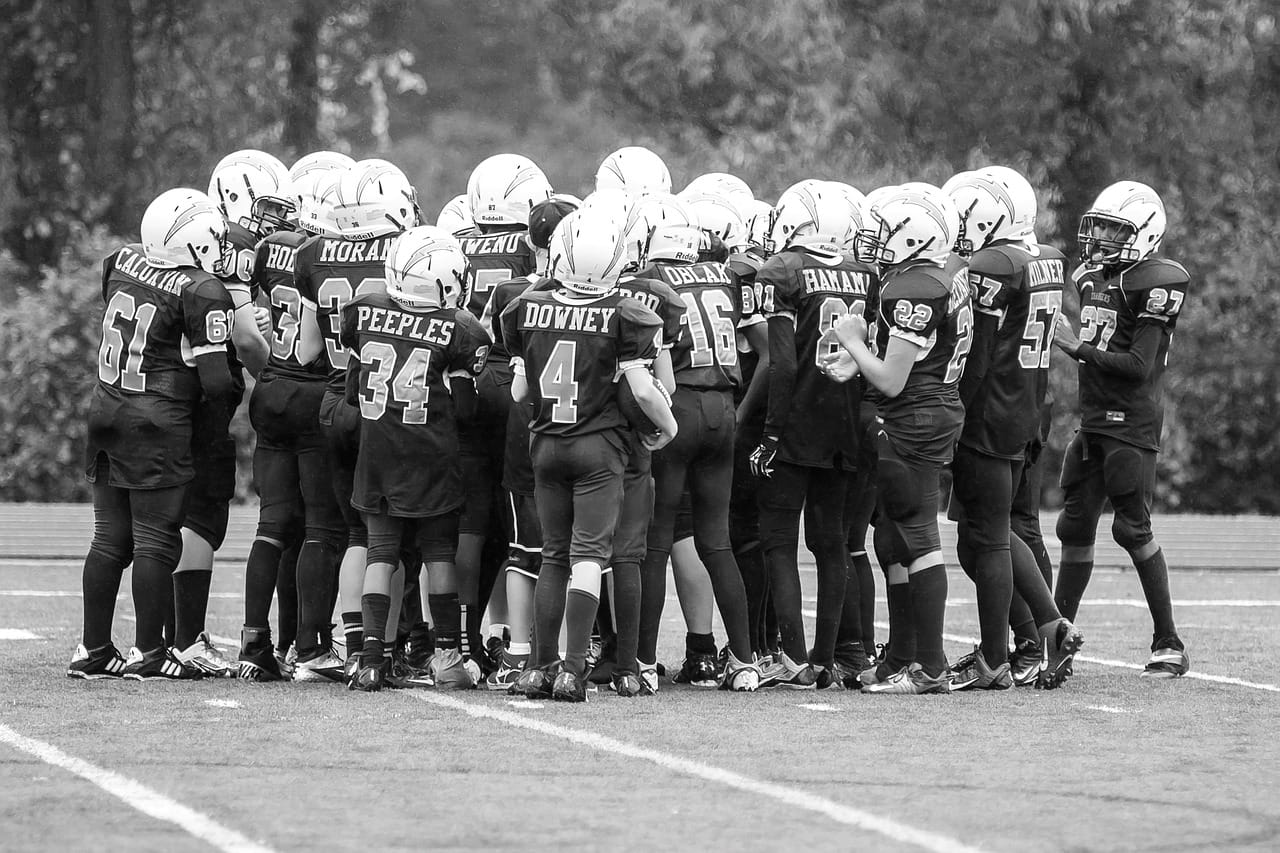
In the world of youth sports, the pressure to constantly train and compete can be overwhelming. Many young athletes, driven by ambition and external expectations, push themselves year-round without allowing their bodies and minds the necessary time to recover. However, building in 2-3 weeks of off-season rest is not a setback—it’s a strategic investment in long-term athletic success.
Why Off-Season Rest is Essential
Taking a break between seasons is more than just a way to recover from physical fatigue; it plays a crucial role in overall athletic development. Here’s why:
1. Physical Recovery and Injury Prevention
Sports are generally physical in nature. The physical toll that sports put on the body of the athlete can also lead to burnout. However, injury is the primary risk. The body needs time to rest and repair in order to prevent long-term damage to joints, ligaments, or other parts of the body. Overuse injuries are also a major risk factor if a young athlete’s body is not allowed to rest properly. Off-season rest allows muscles, joints, and ligaments to heal. This reduces the likelihood of physical burnout and injury. Allowing for proper off-season rest also enables the body to grow, develop, and get stronger, helping athletes reach their peak athletic potential.
2. Mental Rest and Avoiding Burnout
In addition to the physical toll, sports take a significant mental toll on young athletes. The pressure to constantly perform and compete can be exhausting. Mental rest allows an athlete to reset, keeping the game fun and preventing burnout. When mental burnout sets in, performance declines, and ultimately, the athlete may quit sports altogether. However, taking a break gives athletes the space to keep sports in perspective, helping ensure they understand there is more to life than just the game. This also helps them develop a well-rounded sense of self, fostering both athletic and personal growth. Read more: How to Improve the Mental Health of Young Athletes
3. Managing Pressure and Performance Expectations
Long-term success in sports starts with helping young athletes manage the pressures that come with competition. Mental health in youth and high school sports is a growing area of concern. Student-athletes, in particular, must learn to balance training, school, and personal life to succeed. Performance expectations can also feel overwhelming, making it essential for athletes to take breaks for their mental and physical well-being. Learn more: Advice for Young Athletes to Mentally Manage Performance Expectations
How to Make the Most of Off-Season Rest
- Prioritize Active Recovery – Engage in low-impact activities like swimming, yoga, or light strength training to maintain fitness without strain.
- Focus on Nutrition and Sleep – Proper rest includes fueling the body with nutritious foods and getting adequate sleep to support muscle recovery.
- Set Goals for the Next Season – Use the off-season to reflect on strengths and areas for improvement, developing a game plan for continued growth.
- Make Time for Fun – Go do things purely for enjoyment. Taking time for non-sports-related activities helps recharge motivation and energy for the next season.
The Bigger Picture: Long-Term Athletic Success
Parents and coaches often fear that rest means falling behind. However, in reality, athletes who prioritize recovery are more likely to sustain peak performance over time. Off-season rest fosters resilience, longevity, and a deeper love for the sport, all of which are essential for long-term athletic success. By taking breaks, young athletes can return stronger, both mentally and physically, fueling them to reach heights they never thought possible.
Related Reads:
- Coaching Advice to Get Young Athletes to Perform Under Pressure
- Make Sure Kids Play Sports for Right Reasons
- Preventing Burnout in Young Athletes
- How to Manage Your Time as a Student-Athlete
By embracing the power of off-season rest, young athletes can build stronger, healthier, and more sustainable sports careers. Rest isn’t a weakness—it’s the key to unlocking true potential.
BtL
Subscribe to our email list to get our content direct to your inbox!
Follow us on Facebook, Twitter, Instagram and TikTok
To learn more about Ball to Life and our mission, click here.


